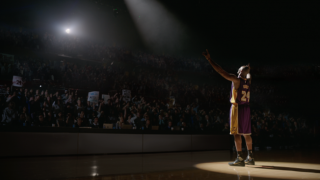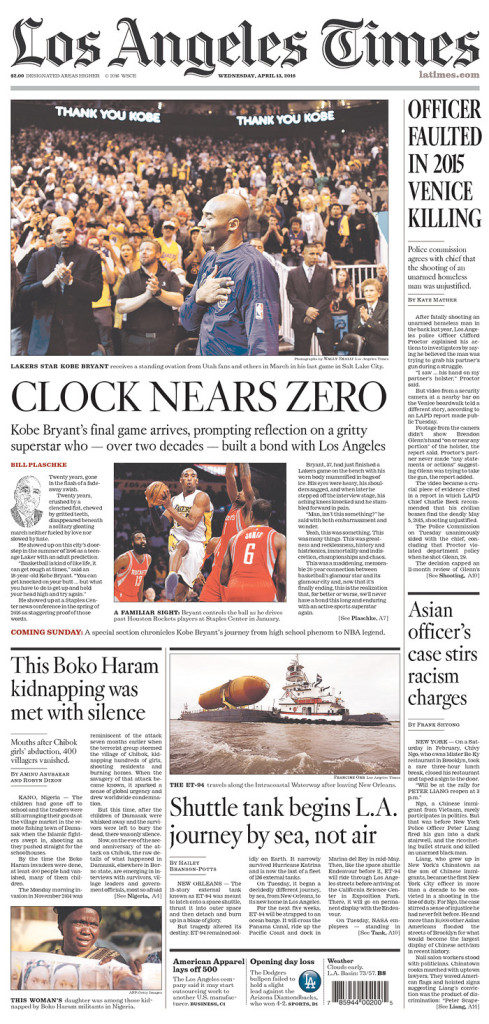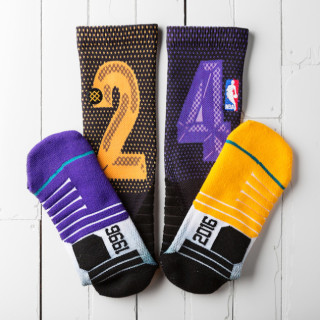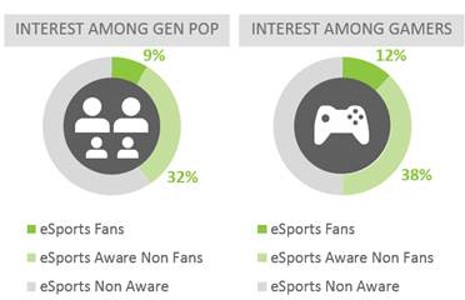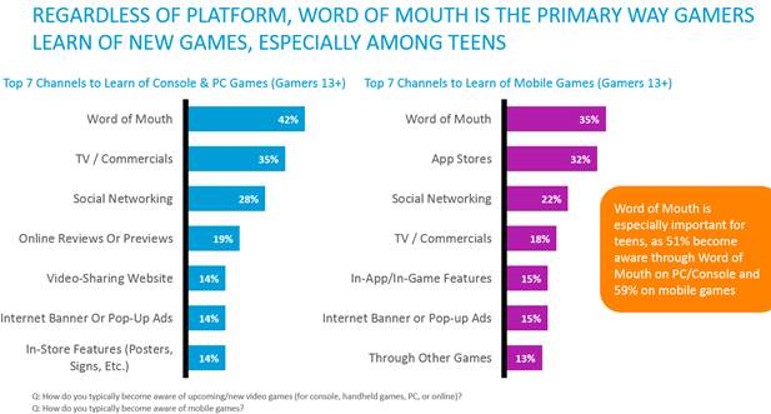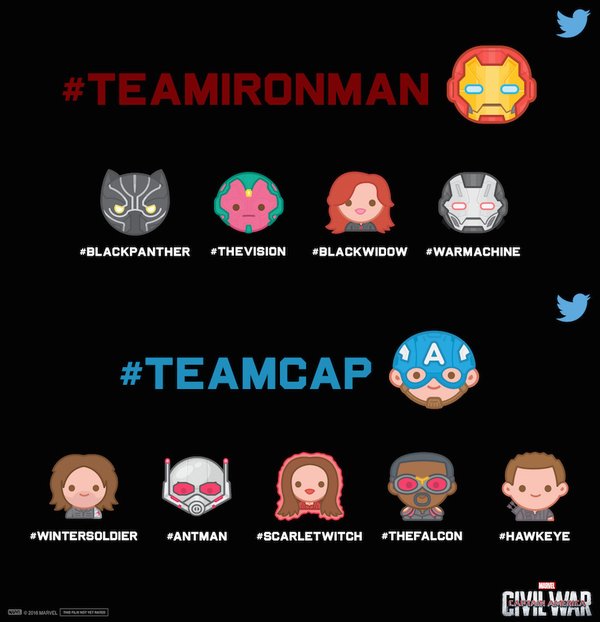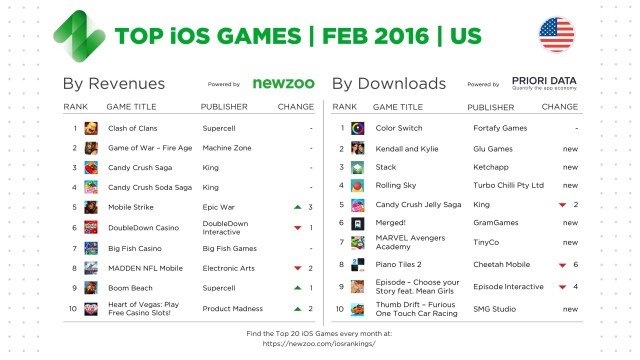Azubu, a global eSports broadcasting platform, announced today they’ve introduced Everest, the code name for their innovative HD, flash-free online media player that offers higher resolution than Twitch and gives broadcasters and brands a new revenue stream through an interactive clickable overlay product.
Everest’s other key features include a “flashless” HTML 5 player, 4K playback capability, full HD streaming with consistent frame-rate (1080p/60 fps), live DVR, pre-roll and live mid-roll support, and ad-free viewing for subscribers. But maximizing the on-screen real estate by introducing an innovative way to make eSports growth possible and sustainable through overlays takes the cake.
“We want to give the power to our broadcasters. One of the things that streamers have done in the past is try and bring in their advertisers and partners into the conversation or entertainment experience,” Reed Anderson, Azubu’s chief technology officer, told [a]listdaily. “I’m thrilled to say we’ve developed the most advanced eSports video player in the world.”
Bringing branded content into a livestream and attracting advertisers is a sizable step forward for the Sherman Oaks, California-based company that in December raised $60 million in new capital and now competes with rival juggernauts like Twitch and YouTube for a fair share of the eSports livestreaming market.
Chris Barnett, director of product engineering for Azubu, offered the following example as a likely scenario with the broadcaster-controlled clickable overlays: The broadcaster is using a Razer Sabertooth controller during a livestream, and wants to promote it—along with his special discount code. So, a call to action then appears on the upper right hand corner of the page. Once it’s clicked on by the viewer, it goes into a more branded experience. A click-through after that takes the viewer to Razer’s page where they can make a purchase. Meanwhile, the broadcaster is getting real-time engagement statistics, as well as detailed analytics to share with his sponsor.
“While the content was on-screen, there was no way to track engagement and understand how successful a particular campaign may have been,” Barnett explained, adding that there will be a module showcasing the artillery of gear being used as well. “Our goal was to change that.”
Anderson joined [a]listdaily to explain how Azubu is enhancing the eSports streaming experience for viewers, broadcasters and brands, and how eSports could be setting the paradigm for how millennials will consume TV moving forward.

How is Azubu staying ahead of the curve as you compete with YouTube and Twitch? How is your livestreaming platform different?
One of the fundamental flaws of our previous generation, and all of our competitors, with the exception of YouTube, is they actually have to use Flash to transcode the video. We’re specifically leveraging ad-overlays, which allows us an entirely new concept of putting the control in the broadcaster’s hands. It’s a new idea, and a new revenue stream to make our broadcasters successful. We look at them as a ‘small business,’ where they can showcase their partner sponsorships with their gear. That was one of the foundational things we put in the player. As for the behind-the-scenes tech side, we’ve made it ‘CDN’ agnostic where we can leverage any content delivery network, which is good because from a business standpoint it allows us to manage cost. From a viewership side, we can find the best content delivery network because we want to be global. Also, for large events, we can do redundant streams. I would say the Internet is not designed for livestreaming, so we can actually send two streams into the networks and then the player can decide which stream comes down the best to avoid network congestion.
How can brands and broadcasters monetize through ad-overlays via endemic and non-endemic audiences? How will it become a reality?
To look at monetizing livestreaming, most of it is advertising, or subscriptions, or some sort of pay-per-play type of thing. This is exciting because it’s a brand-new revenue stream. At the same time, since it’s a brand new product, you have to spend a lot of time iterating with your customers.
Are you securing exclusive streaming rights?
We’re certainly controlling the scarcity of supply, and having exclusive content is a big part because it drives viewership to one location. That is absolutely the path we’ve been pursuing. We just signed a deal with ESL. Some of their stuff is exclusive, some of it is non-exclusive. But we certainly strive for exclusive content, which is why we signed folks like Keyd Stars and Pain Gaming from Brazil. We also have folks from Europe who stream exclusively on our system. We’re also an open broadcast model, so anybody can go download the software and begin broadcasting.
How is the platform conducive to mobile?
We have both iOS and Android award-winning mobile apps. A lot of the functionality you get on the platform is possible in the application on your phone, or tablet. The site is also optimized to run on the browser through your phone. But things like the overlay have yet to transfer over.
How would you describe your user base?
It’s still more predominantly desktop. I’d say roughly 70-30. But mobile is growing quite a bit. Some of that has to do with adoption in some countries. Korea, for example, is a lot higher for mobile, whereas Brazil is a lot lower, and some of that is a function of the way the data plans work in each of those countries. So people can tend to be conservative about streaming.
Brazil and India are key markets you’re pursuing. Why are those two countries important to growing your platform?
For Brazil, it’s huge. We were able to sign a deal exclusively with UOL BoaCompra last year. They are like what AOL was in the ‘90s of Brazil. Seven out of 10 users go through that portal. I would say we are the de facto standard streaming platform in Brazil. ESports is a huge, up-and-coming market there. We look at emerging markets; we look at the competition. Twitch had done a great job in North America and Western Europe. We wouldn’t be here without them. We looked at markets that were underserved through technology and through recognition in the space.
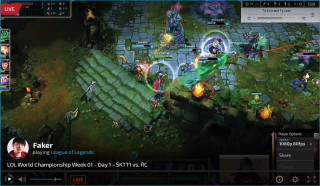
How are you building out capability to grow your business?
In looking at making money off of streaming, whether it be live, or video on demand, not many companies make money doing it. Even YouTube loses money because of the cost to run that. We’ve looked very hard at finding new revenue streams and opportunities, like the overlay. What we’re looking for as a business right now is advertising and subscriptions—which is fine. That is a totally normal thing that people have been doing for a very long time. Advertising is not there yet. People debate whether advertising will or won’t be part of the future. Maybe it will be much more targeted. But giving the broadcasters tools to monetize is a big thing. We’ll have to figure out what the commercial model looks like. We’ve started with our partners. It’s a brand-new idea, so starting with the new idea of figuring out we want the broadcaster to be successful in the business, we want the partner to experience the same, and we provide the service, and want some of it, too. So it will be a three-sided model, to a certain degree, with always an eye toward exclusive content.
In December, Azubu raised $60 million to bolster the platform and expand into new territories. How else do you plan on using the funds?
Most of the money is predominantly used to acquire great content, and to build a great product. Those are the areas where we’re focused at, aside from some overhead of running offices. We’ve been focused heavily on our streaming platform and building out things like players and overlays. We got a lot of great differentiators that we’re looking to put into market—all with an eye toward supporting the broadcaster. We have some more announcements lined up in the next couple of months.
Everyone is high on eSports right now, and its growth potential. What do you think is possible? How do you think broadcasts can change?
I think eSports is definitely at the tip of the spear. Timing is everything, and it’s a perfect time for eSports right now. It’s got the hype, it’s got the market, and the technology is finally there. What eSports is going to do for livestreaming is set a paradigm for how millennials consume television moving forward. Watching TV, or streams, is no longer going to be a passive thing. … One of the big thematic shifts we’ve been trying to make is designing for the customer first—specifically for our viewers and our broadcasters—and learn from them, iterate and make the product better.
Follow Manouk Akopyan on Twitter @Manouk_Akopyan.
